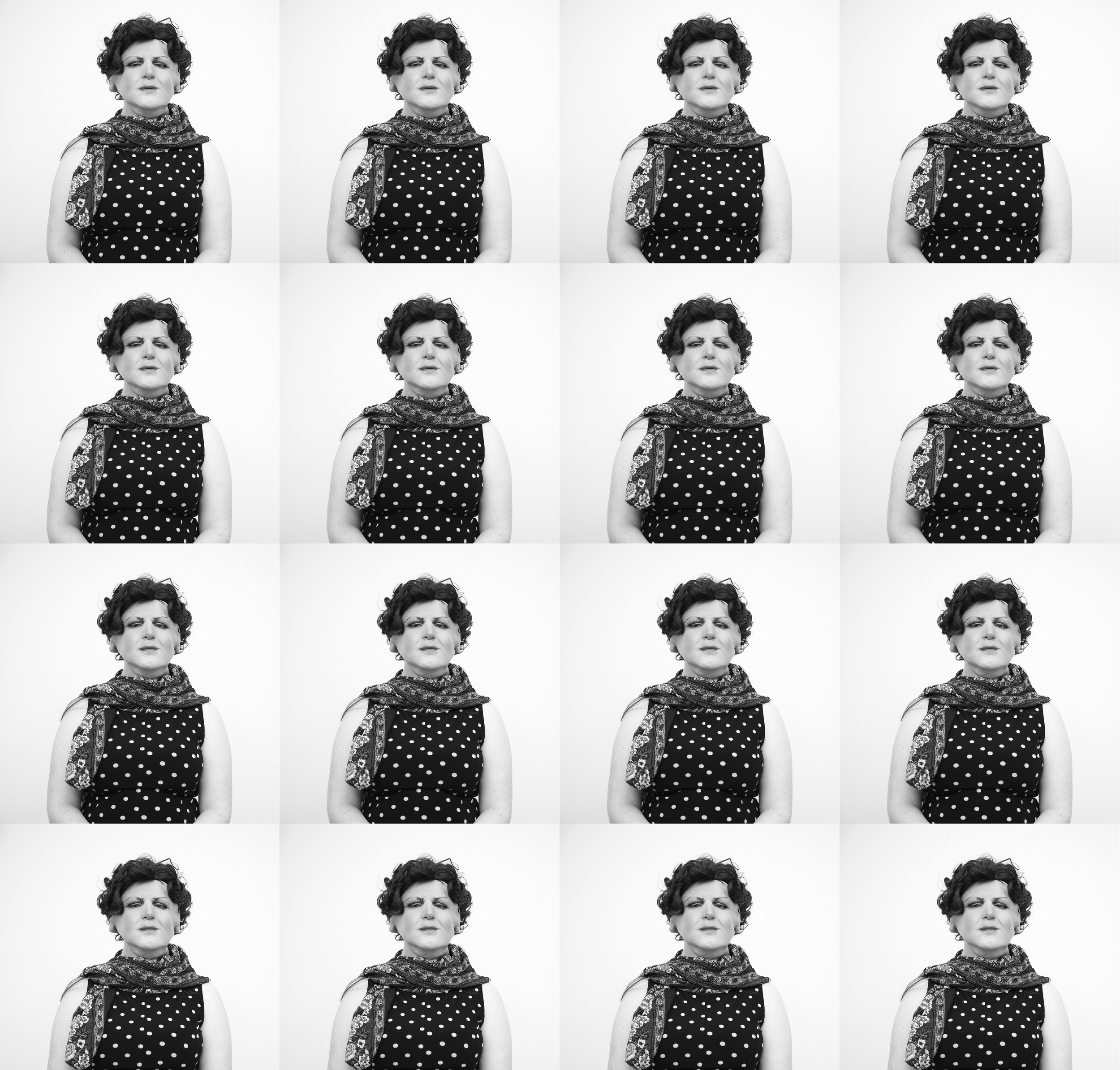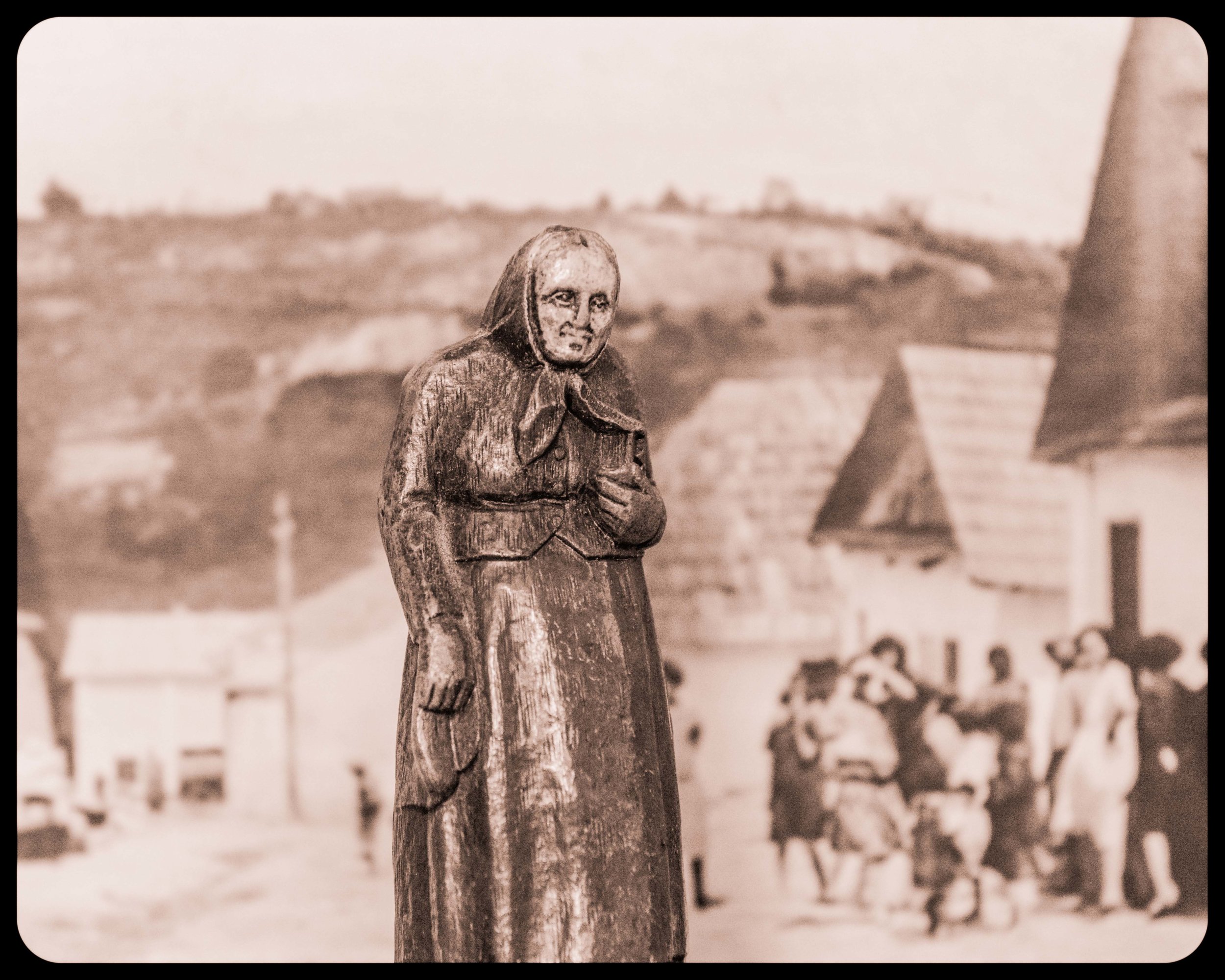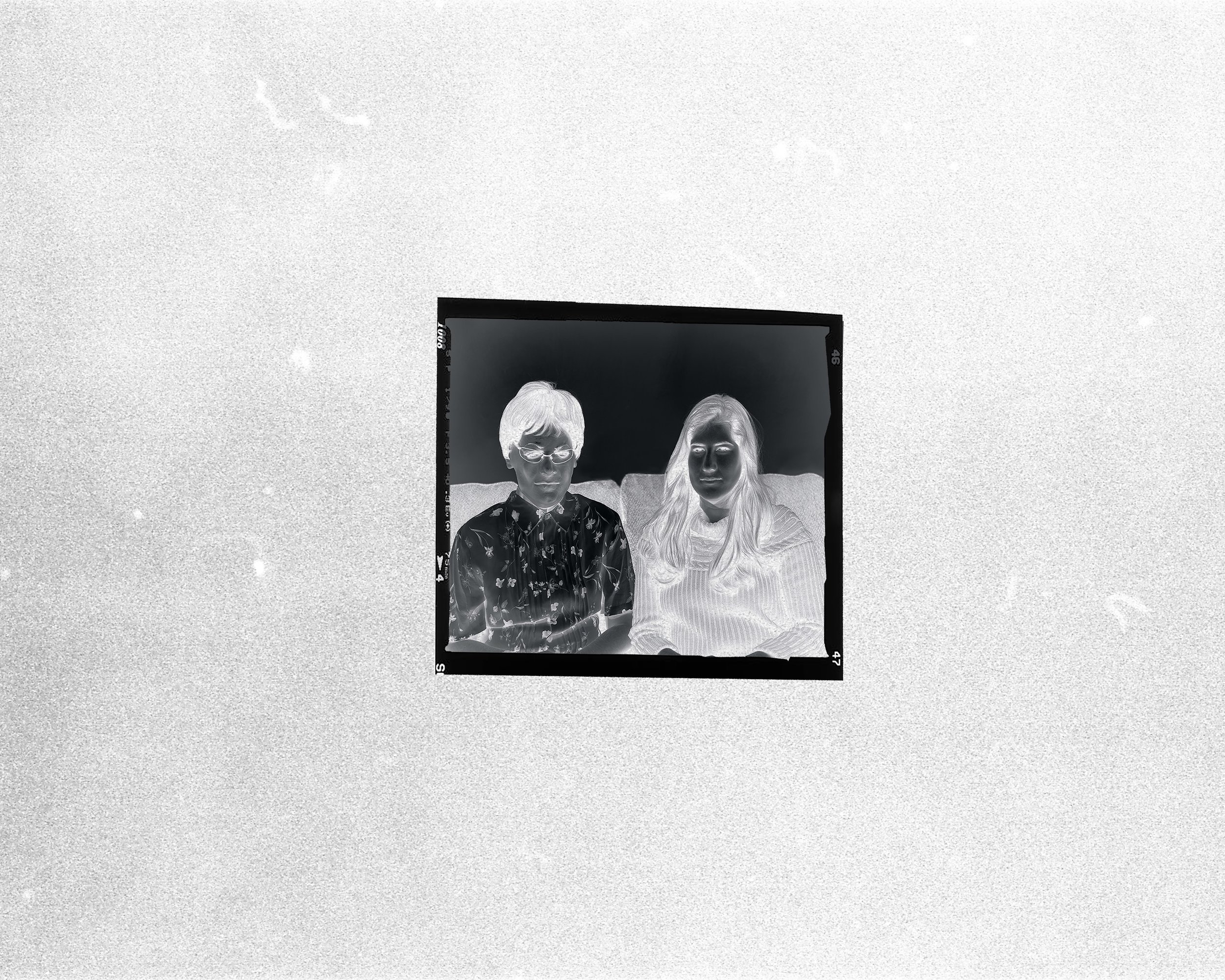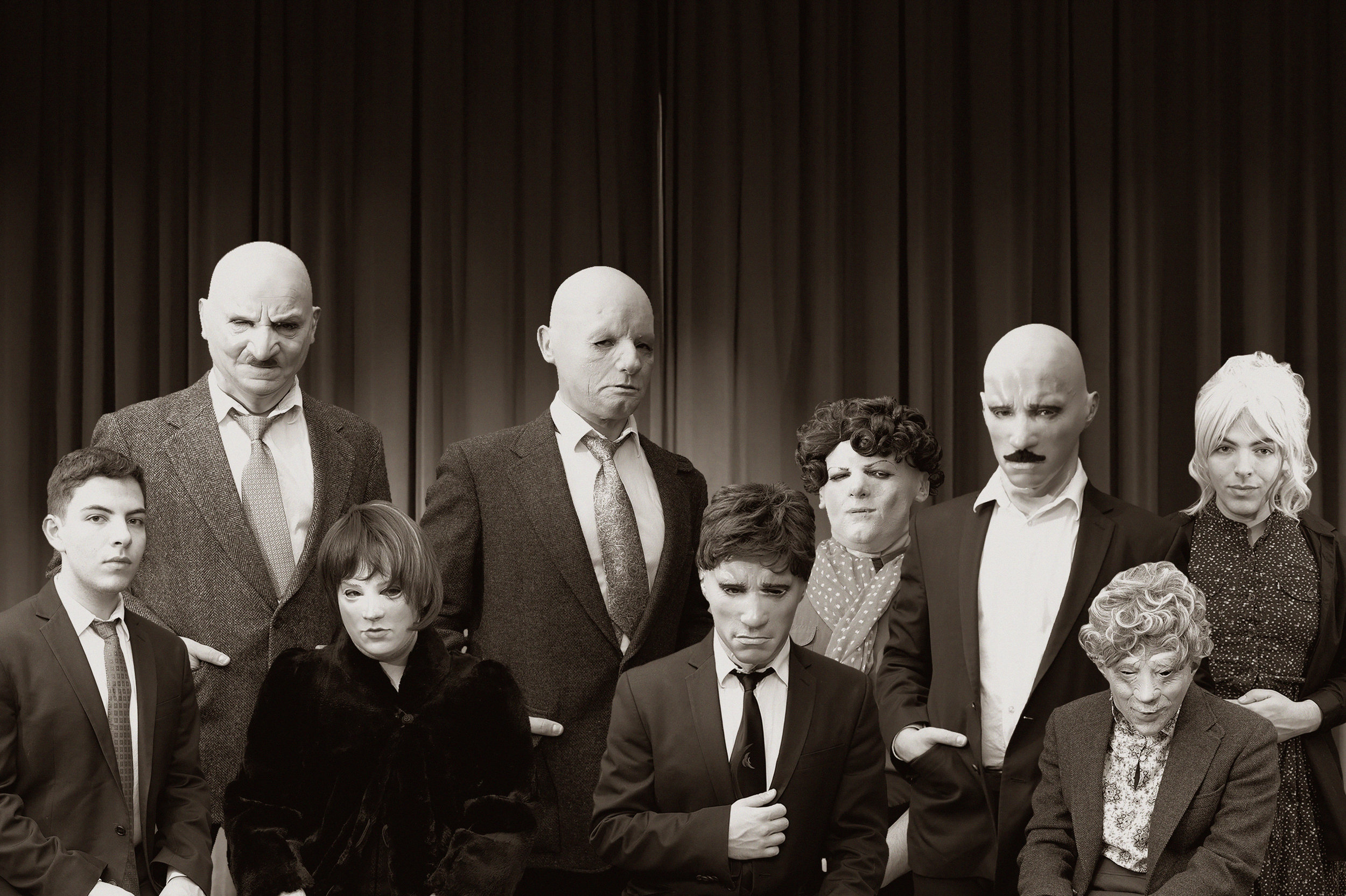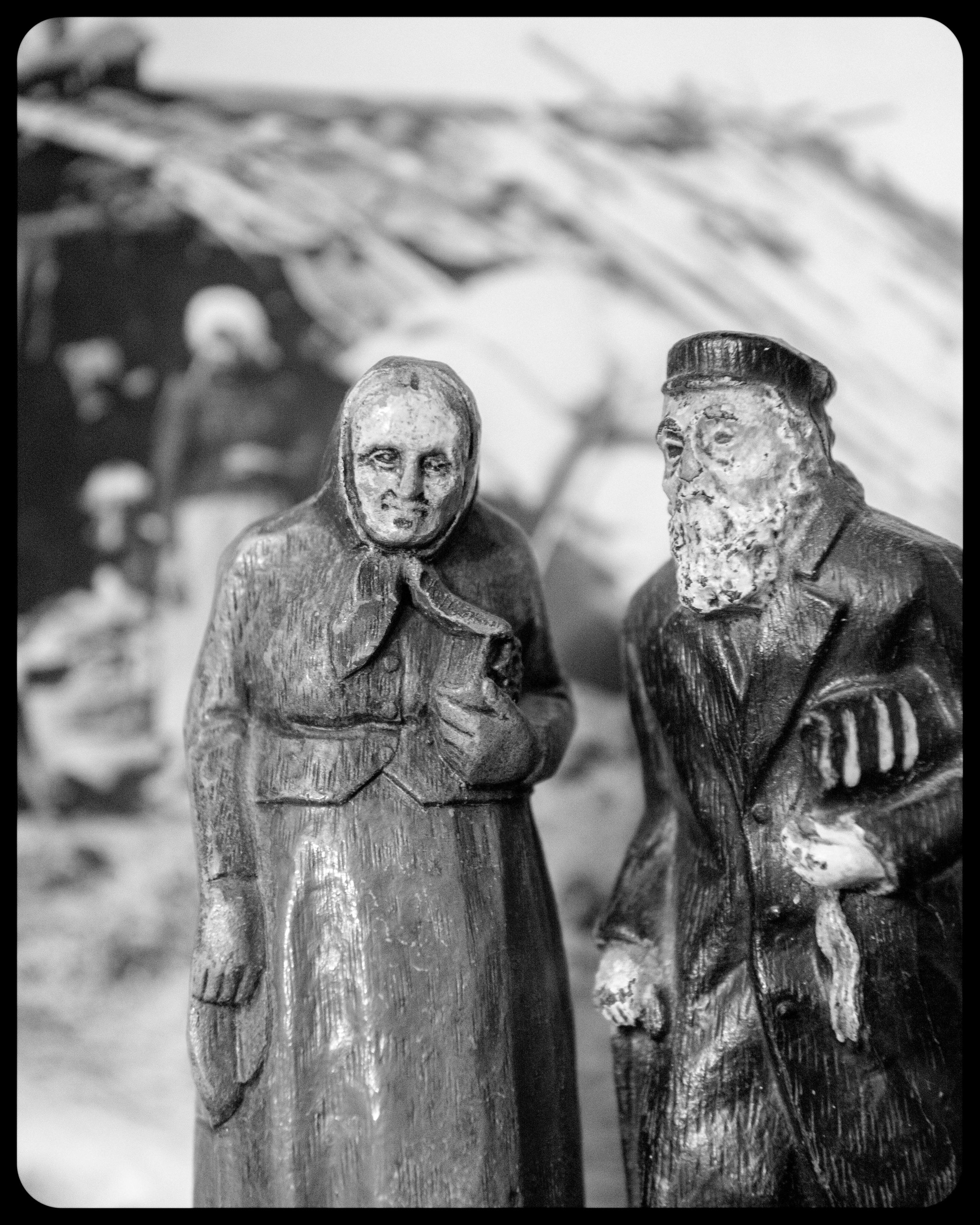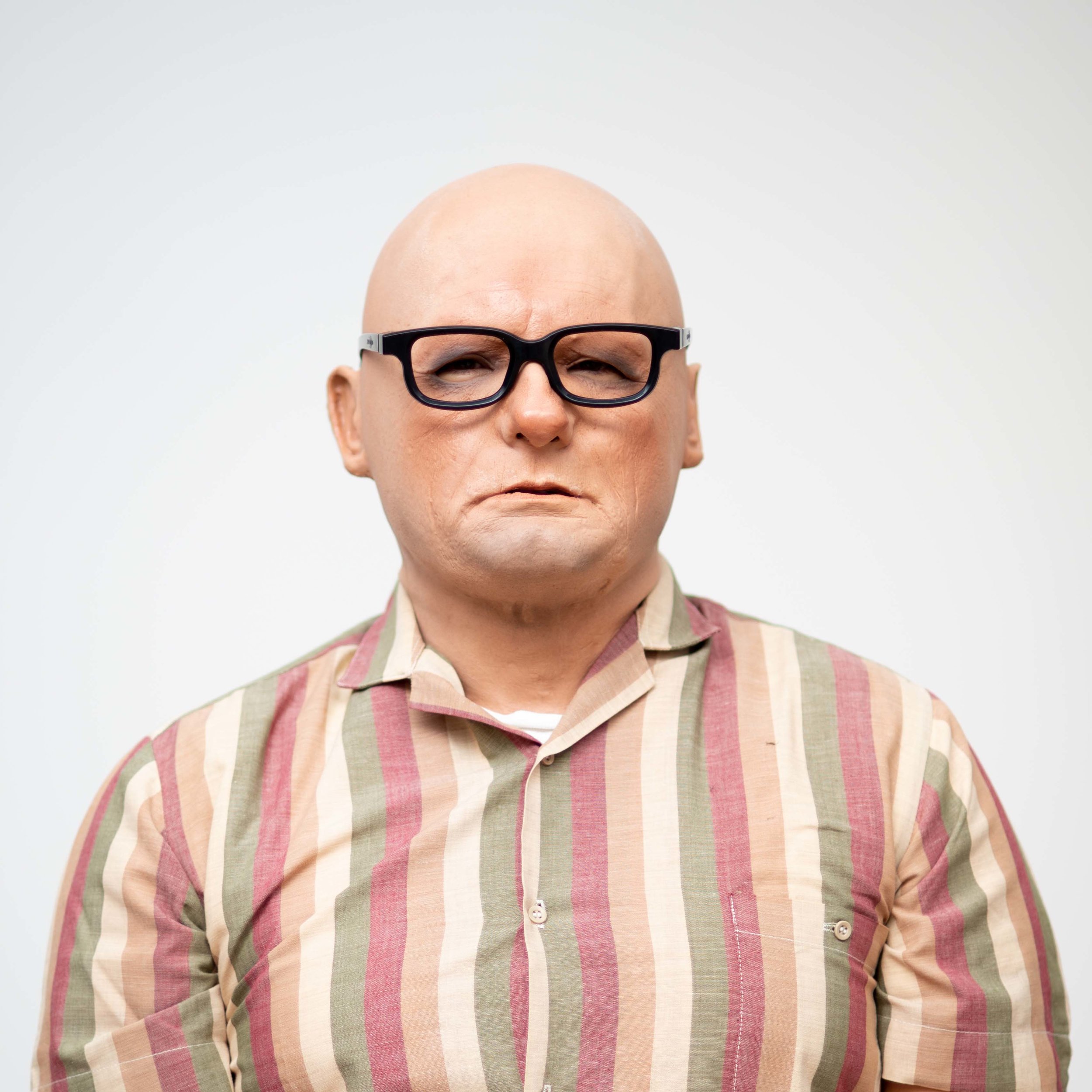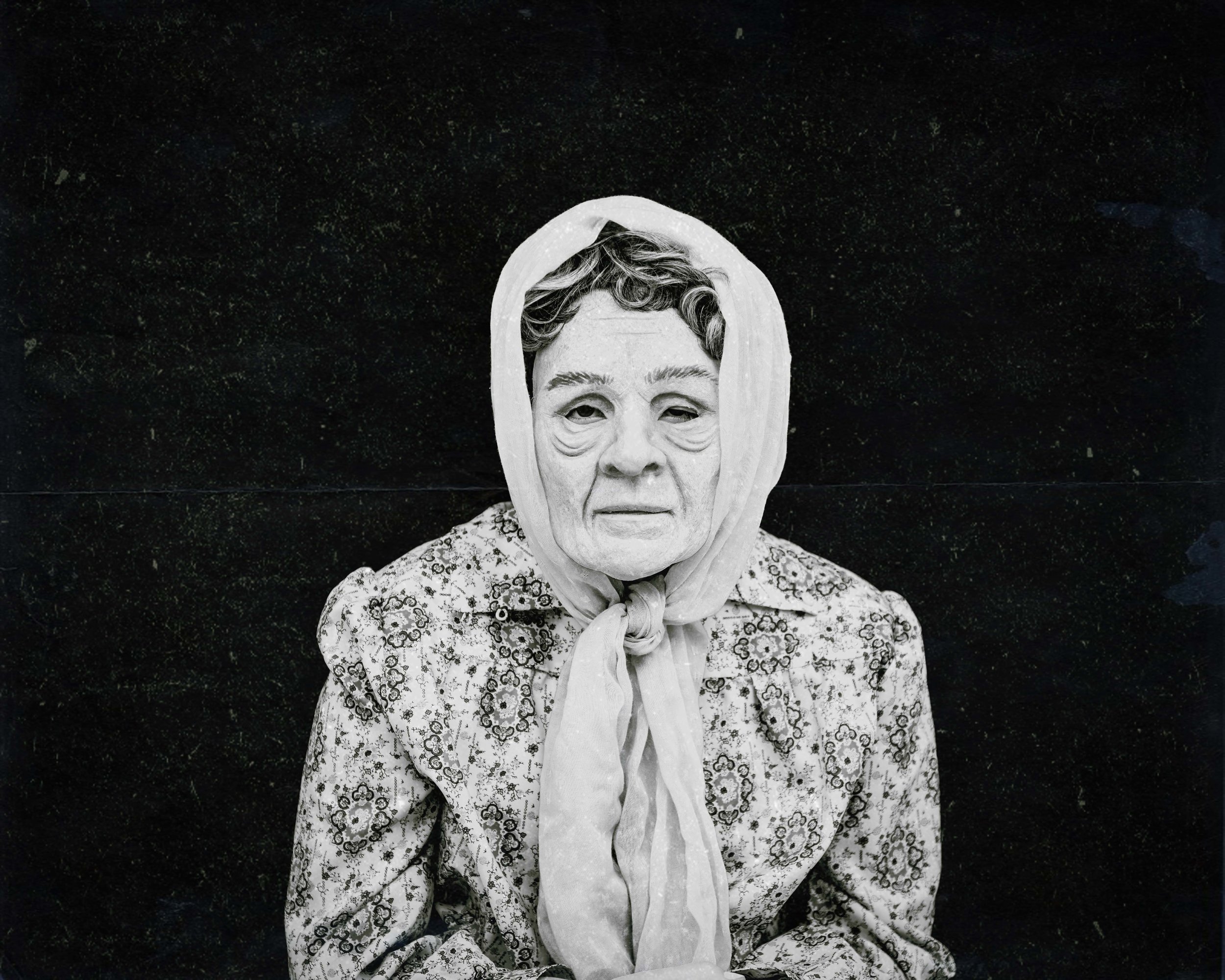Artist Sam Vladimirsky Gives A New Twist To The Imitation Game By Recreating His Family History Through An Unconventional Form Of Portraiture
An attempt to interpret, understand and respond to this history utilizing imaginative investment, projection, and creation, perceived through the lens of indirect experience, or second-hand vision is the basis of Sam Vladimirsky photographic series Second-Hand Vision.
Vladimirsky is a documentary filmmaker and artist working primarily in photo and film. His interdisciplinary practice often intersects performance with photography, in which he explores self-portraiture and autobiographical themes through the other, using masks, makeup, costumes, constructed sets, and green screens to stage fictions grounded in history.
Second-Hand Vision aims to arrive at a greater understanding of the lives of Vladimirsky Soviet Jewish ancestors through recreating his collection of family photographs spanning over a century and re-create them using masks, mannequins, and miniatures as stand-ins for long-gone relatives.
With limited information, connection, and understanding about his ancestors it challenged him to use the photographs he was given to project his imagining, experiences, and ideologies in returning and embodying their gaze.
Throughout the collection of daguerreotypes, early paper prints, polaroid’s, negatives, album pages, Snapchat selfies, contact sheets, and document of varying dates, sizes, and conditions of preservations.
He creates this impossible dialogue across space and through time by considering the images that were taken and preserved, who was photographed, and where and by whom.
“I engage with family myths using a fictional photo album, and adopt numerous skins across nations, generations, and personae,” said Vladimirsky. “Yet somehow, in an effort to re-stage portraits of my ancestors, I am left looking only at myself.”
Vladimirsky describes his art practice to be autobiographical, so his personal life and artworks are inevitably intertwined. But he liked to emphasize that they are indirectly autobiographical.
“In one body of work, for instance, Self-Portrait of the Artist as a Young Man, I invited my subjects to perform as myself before the camera, imitating my physical appearance and gestures,” said Vladimirsky.
The project sprang up from issues he had with self-image. He was frustrated that his reflection in a mirror was different from the image he had of himself in his head.
So he turned to other people to show him what he might look like since one can never know in the first place.
He did a substantial amount of research into who has produced work along similar themes over the past 180 years of photography, and their work continually inspires but also pushes me to create something new.
As he was creating this project, he had a few artists that helped further expand his vision.
“Cindy Sherman is the chameleon of our time, and her ability to embody just about any character (male, female, and animalistic) using makeup, masks, prosthetics, props, costumes, etc. is tremendously inspirational”, said Vladimirsky.
Another influence for this series was, Gillian Wearing, who used hyper-realistic silicone masks to restage family photographs. While the nature of our projects is different, her series Album, and the relationship between artist/family members (s)he portrays helped launch Second-Hand Vision.
For more of the structural and tactile component, another photographer helped Vladimirsky with the idea of how he would disguise and transform himself.
“I use surrogate devices such as masks, mannequins, and miniatures to restage family histories,” said Vladimirsky. “Hiroshi Sugimoto’s portraits of wax figures, and Laurie Simmons use of figurines, puppets, and sex dolls certainly inspired me.”
He paid attention to the types of images that existed in his family’s archive and how he could use Man, Wearing, Sugimoto, and Simmons style and techniques to execute his works better to be true to the collection.
“After diving into Gillian Wearing’s work, I had hoped to follow in her footsteps and have silicone masks made of my family’s faces,” said Vladimirsky. The idea was dropped after learning how much such an undertaking would cost, so his solution was high-quality, eastern-Europe-looking faces that was a more affordable price.
He strategized and staged photographs from all decades and varying conditions like early paper prints, I.D, studio portraits, and even documents to create a healthy balance and complexity within the dialogue.
He wanted to create an artificial family and suspend viewers’ disbelief through the carefully-staged performance he produced through his images.
“I was attuned to which family photographs were compositionally pleasing, and had an eye on portraits that stood out or were particularly quirky,” said Vladimirsky.
It was critical that the works attested to the sheer range of image types and groupings of individuals.
He created an image that was technically challenging to produce, as each character had to be photographed individually against a green screen and then assembled.
“While today, such a photograph can be achieved digitally, it’s enriching to be following in a 150 (or so) year tradition of combination printing, where multiple negatives of individuals were combined to form a single composition,” said Vladimirsky.
He would go on to explain how he would even digitally manipulate his face to resemble a specific individual. Most often, however, it requires a costume consisting of second-hand clothes, coupled with a mask.
The problematic part for Vladimirsky was explaining the multiple layers of this project, and how personal it is.
He was struggling between having the work be understood by many, risking the chance of being ignored by the art world or making a work that is so complex it can only be followed by the curator or collector and discarded by the public.
“I want my work to be visually engaging and for people to leave having taken something away from it, but also room for a deeper inquiry to those interested,” said Vladimirsky.
The experience of physically changing his appearance to connect to his family did not make him feel closer to them, at least not right now.
“When you wear a giant mask over your head, pose before a non-existent background, and have a camera in your face, it is not so essential,” said Vladimirsky. When he prints the images and finally holds them in his hands, he begins to see his family’s life unfold, as if they were apart of the original collection of family photographs.
When asked how his family members reacted to the photographs Vladimirsky said they were shocked, at times, and insulted at others.
“I have to remind them, though, that the photographs are interpretations, not copies,” said Vladimirsky. “That I’m merely using the actual photographs as a model, an archetype, for my reimaginings.”
He hopes people see history more complexly and understand how subjective, biased and twisted the act of history-telling is.
Instagram: @samvladart and Website: samvladimirsky.com
Coverage by Alexis Karr
For upcoming events and artists features, follow SoundBite Magazine on Instagram, Twitter, Facebook, and YouTube. If you would like to be feature your event, art, music, or company on SoundBite Magazine, please contact soundbitemag@gmail.com for features and promotional inquiries.

